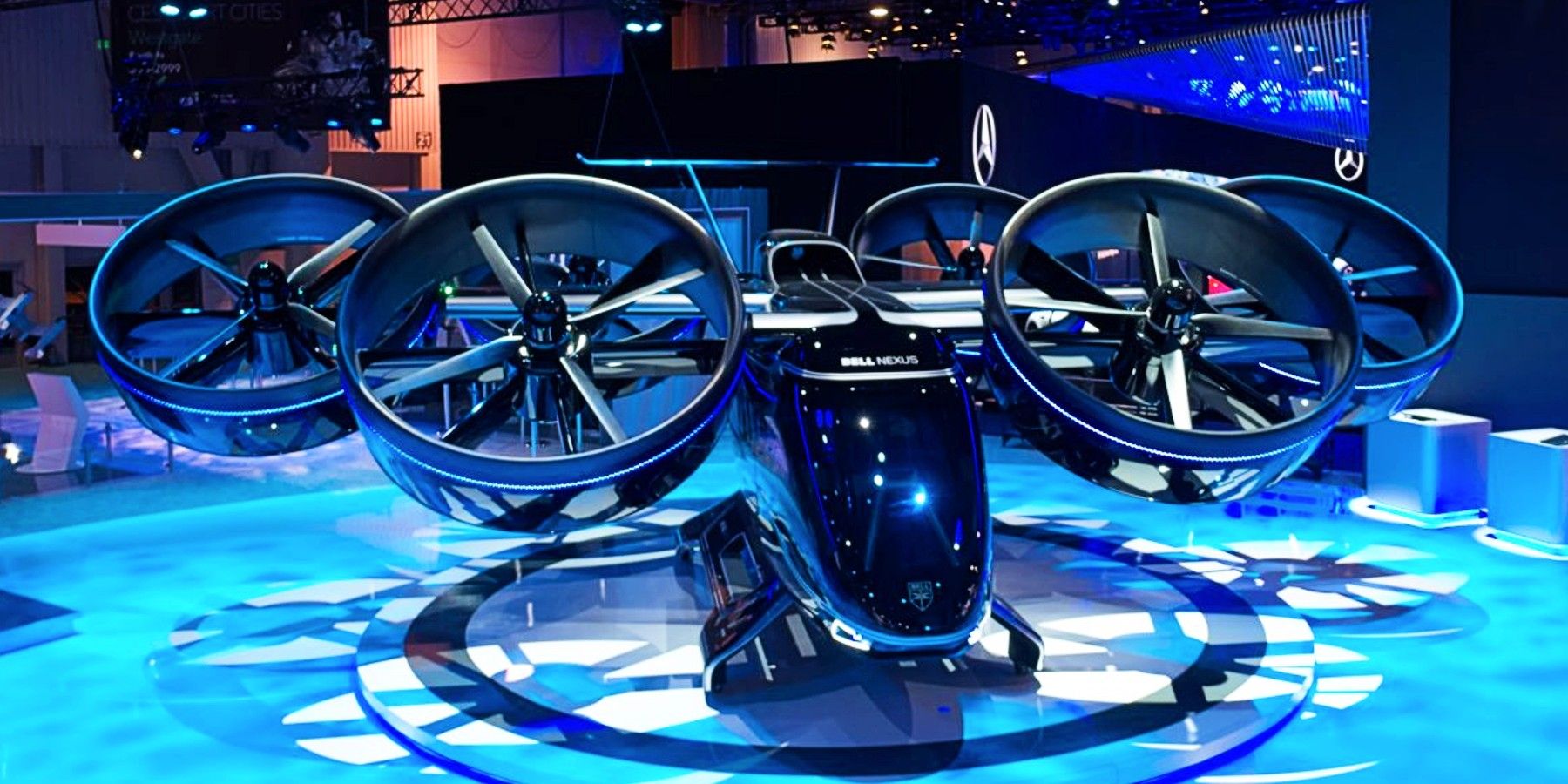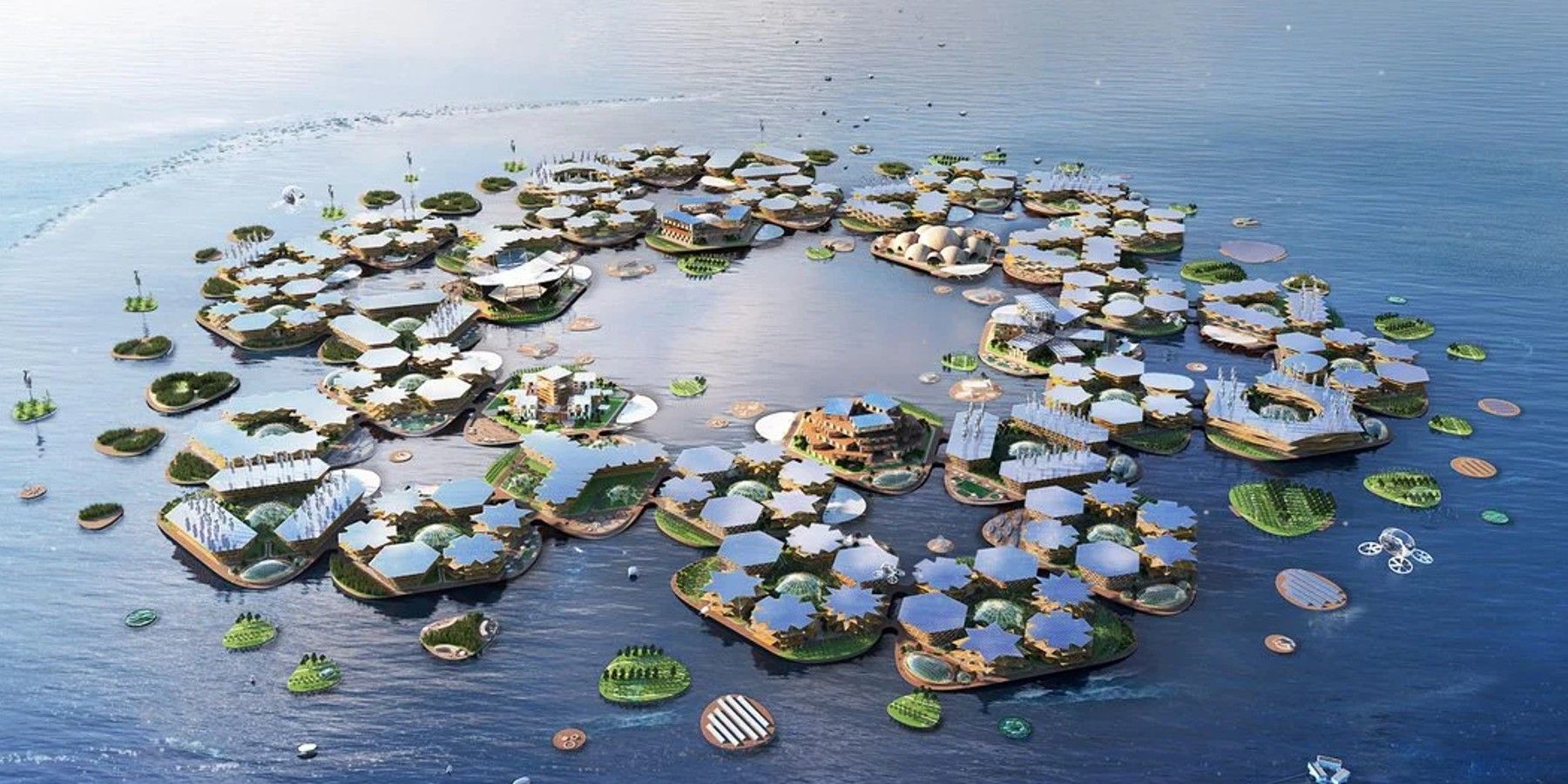
Want a glimpse of the future? Travel to Washington DC and hit the Smithsonian. Imagining the future and new technology is what every generation does. While some dream of flying on extravagant jet packs, others take their dreams further and work to bring to life their visions.
Science fiction and technology have been the main drivers for ideas of the future that have become a reality. For example, the mobile phone, submarines, space traveling, the internet and even the metaverse all came from science fiction. But today, inspiration for ideas for the future is drawing from more modern sources like the environment, cultural identity, food and habitat.
Flying cars, an AI meditating robot that hypnotizes the viewer, and the Oceanix floating city are some of the main stars of the new Smithsonian exhibition FUTURES. The Smithsonian says they are celebrating their 175th anniversary by looking forward. Spanning over 32,000 square feet inside the Arts and Industry building, the FUTURES exhibition is packed with new tech and crazy exhibits.

In a spectacular 360 real display, the flying Bell Nexus takes center stage at the exhibition. Bell Nexus wants to turn a 45-minute drive into a 10-minute flight. Their part drone, part helicopter, part airplane, electric and autonomous five-seater is the flying car and symbol of the future made reality. Designed to take off and land vertically, it has the potential to cut travel time for both short and long-distance trips while reducing traffic congestion, noise and pollution.
The exhibit also has a special place for what they call "ideas that work." The Hypergiant Eos BioReactor can capture carbon from the air with 400 times the efficiency of a tree. Google's moonshot factory X presented the Mineral Rover — a strange agricultural robot that can, among other things, know precisely how much nutrients and water any plant needs. Then there's the Waha Water Harvester's, a machine that can pull drinking water for three people from thin air (and yeah, it's solar-powered).
Crowning the exhibit, a model of the floating city Oceanix currently under construction in South Korea. The city responds to sea level rise, is hurricane-resistant and produces zero waste. Oceanix was a dream the Polynesian entrepreneur Marc Collins Chen had when he was minister of tourism in French Polynesia. The Smithsonian exhibition is not the typical vision of the future. Instead, it pushes technology and humanity to imagine a future that solves the problems society faces today.
Source: FUTURES The Smithsonian
from ScreenRant - Feed https://ift.tt/30MYHhe

0 Comments